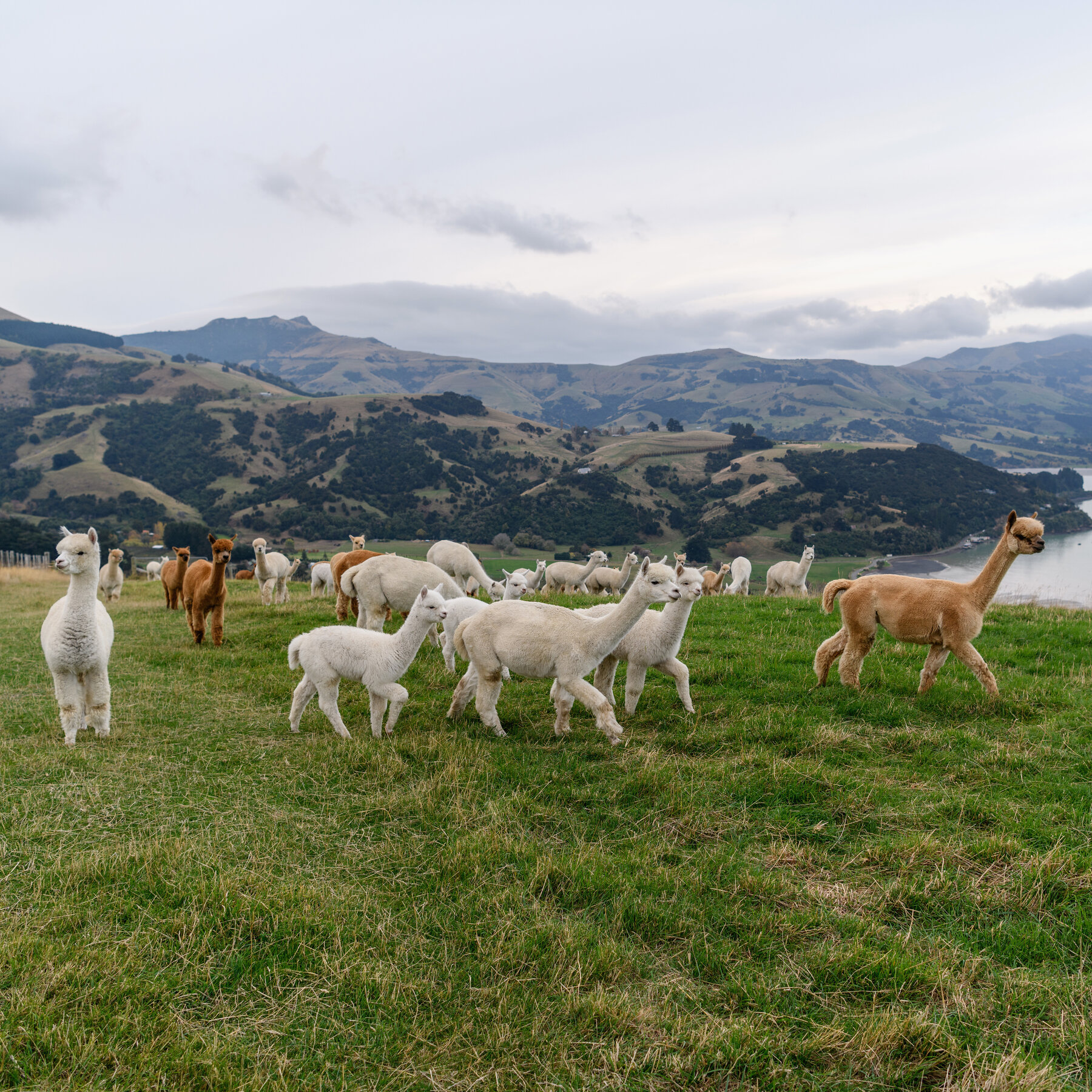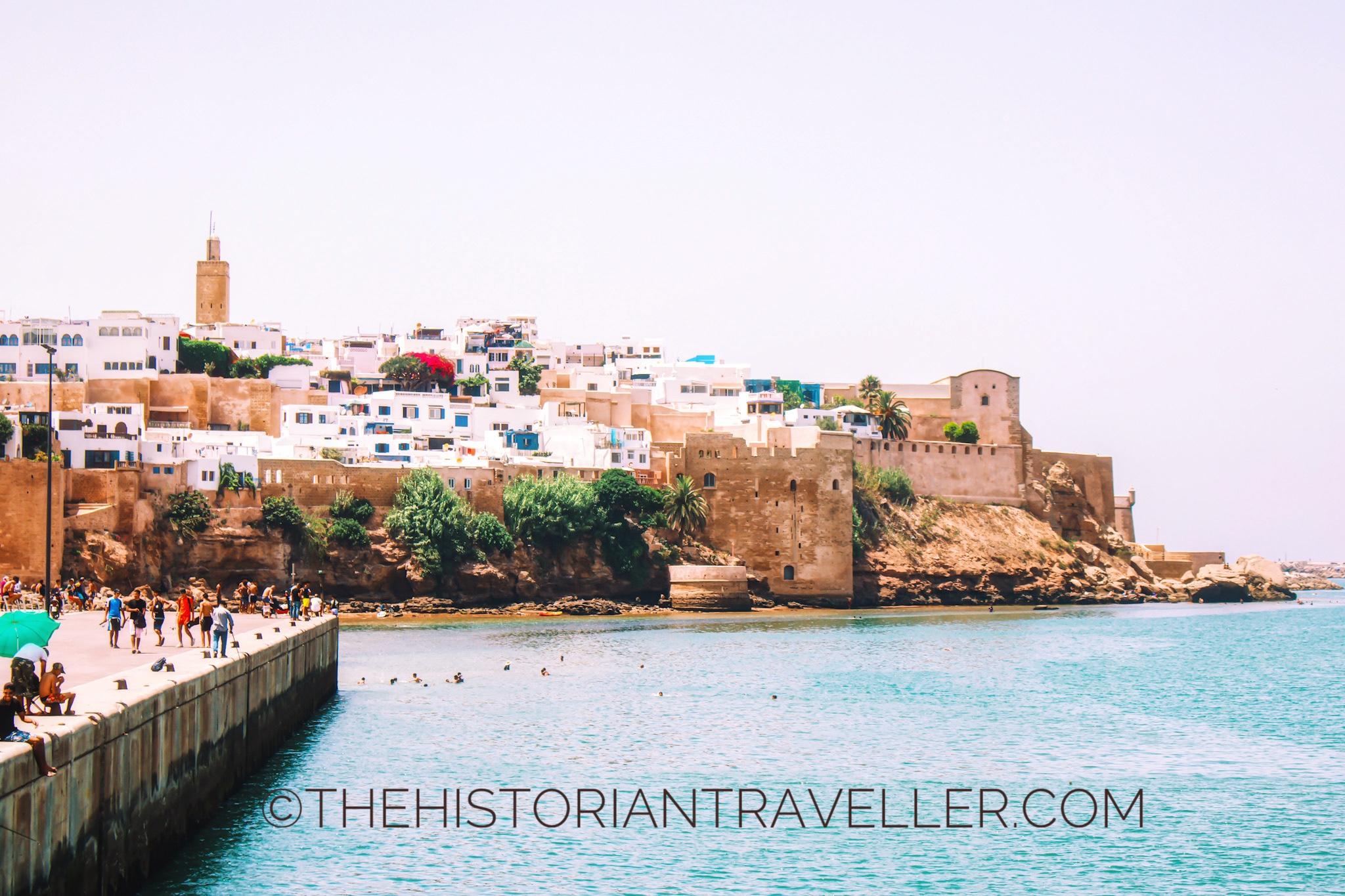Impact of Travel Duration on the Decision of Tourist Destinations

The Connection Between Travel Duration and Destination Choices
The duration of a trip significantly influences the destination choices and overall travel experience of tourists. As individuals plan their next vacation, several interconnected elements related to the time they can allocate for travel must be considered, ultimately shaping their final decisions.
One of the primary factors is time constraints. For many, busy professional lives and family obligations dictate the length of their travels. A working parent, for instance, may only find time for a weekend retreat, opting for a nearby beach or a family-friendly amusement park. These quick escapes often serve to recharge without demanding excessive time away from responsibilities. Conversely, those with more flexible schedules might consider longer excursions that delve deeper into exploration.
Travel distance also plays an integral role in shaping destination preferences. Travelers are frequently drawn to locations within a few hours’ journey. For instance, a trip from New York City to the picturesque landscapes of the Hudson Valley can be easily accomplished in a single day. This preference for proximity proves particularly advantageous, as it minimizes travel time and maximizes the overall experience, fulfilling the expectations of tourists who aim to make the most out of brief periods away from home.
Moreover, experience expectations are another critical aspect of travel planning. Tourists tend to select experiences that justify their time commitment. A person who dedicates a full week to travel may expect a rich tapestry of activities and cultural engagement, whereas a weekend traveler may prioritize relaxation and easy access to leisure activities. Understanding this alignment of time invested and experiences sought allows for more informed and fulfilling travel decisions.
In recent years, trends toward staycations and weekend getaways have also emerged, reflecting a shift in how travelers seek fulfillment from their limited travel timelines. Instead of lengthy trips to far-off destinations, many U.S. travelers are discovering the joys of their local surroundings. This surge emphasizes the need for travel services to adapt to changing consumer preferences, focusing on offering unique local experiences and convenient packaging for short-term travelers.

Demographic Influences on Travel Duration and Choices
The way different demographics approach travel reveals further nuances in the relationship between travel duration and destination decisions:
- Families: Families often prioritize destinations that offer a variety of activities in a short time frame. Locations with parks, children’s museums, and zoos attract these groups seeking a balance of fun and functionality.
- Young Adults: Young travelers are typically more spontaneous, favoring shorter trips that allow for last-minute arrangements. A weekend music festival or a quick van trip to a nearby city embodies their desire for adventure without extensive planning.
- Retirees: In contrast, retired individuals tend to have more time to explore. They may look for longer vacations that allow them to travel across the country or even internationally, immersing themselves in different cultures and experiences without the pressures of a tight schedule.
Understanding these dynamics is essential for travel brands aiming to resonate with diverse traveler segments. By identifying how travel duration impacts tourist destination decisions, stakeholders in the industry can tailor their offerings and marketing strategies to better cater to evolving consumer needs. This intricate web of travel habits not only illuminates current behavior but can also forecast future trends, emphasizing the importance of adaptability in the ever-changing landscape of travel.
EXPLORE MORE: Click here to enhance your travel planning
Understanding Travel Duration’s Role in Shaping Destination Decisions
When tourists set their sights on a travel destination, the duration of their stay serves as a compass in navigating their choices. As people weigh the options for their next getaway, the time they can devote to traveling dictates not only where they go but also what experiences they seek. The impact of travel duration extends beyond mere logistics; it informs the very essence of the trip, influencing decisions on activities, accommodations, and the overall itinerary.
For many travelers, a short vacation fundamentally shifts priorities. With limited days away from work, time-strapped tourists often gravitate toward destinations that promise quick access and instant gratification. Weekend trips to local attractions like national parks, historical landmarks, or cultural festivals allow them to maximize enjoyment without lengthy travel time. For example, residents of Chicago often find a rejuvenating escape by heading to the scenic shores of Lake Michigan or exploring the nearby art-rich city of Milwaukee within just a few hours’ drive. These short getaways highlight a growing trend toward destinations that are not far-flung but rich in local experiences.
In contrast, for those fortunate enough to have extended time off, the possibilities broaden significantly, ushering in an era of exploration that includes cross-country travels and international adventures. With an entire week or more at their disposal, travelers can dive deeper into rich cultures, culinary experiences, and unique landscapes. As travelers embark on journeys of this length, preferred destinations often feature a combination of accessible highlights and immersive opportunities – think of calls to the vast national parks of the American West or the historic cities of Europe. Such trips allow for a mix of leisurely sightseeing and educational experiences, appealing to those thirsting for adventure.
The Influence of Travel Duration on Tourist Experience
The duration of travel heavily influences the type of experiences sought by different tourist segments. A variety of factors intertwine, creating a tapestry of preferences dictated by available time. Here are some common motivations that characterize how travel duration affects destination decisions:
- Accessibility: Shorter trips often emphasize destinations that can be quickly accessed, resulting in preferences for regional attractions rather than international travel.
- Variety of Activities: Longer vacations tend to cater to more extensive itineraries, compelling travelers to select destinations that offer diverse activities and experiences over an extended period.
- Budget Considerations: The cost of travel can be a limiting factor. Weekend trips often promote budget-friendly options due to shorter stays, while longer vacations might justify higher expenditures as tourists seek immersive experiences.
- Travel Companions: Family units, friends, or solo travelers may navigate travel duration differently. Families may prioritize convenience and child-friendly offerings for short trips, while solo travelers might seek adventure and cultural exploration on longer journeys.
Recognizing these preferences allows travel professionals to cater their offerings effectively, ensuring that marketing strategies are aligned with consumer expectations. By understanding how travel duration impacts tourist destination decisions, industry stakeholders can craft bespoke experiences that resonate with various traveler demographics, shaping the future of travel in a dynamic marketplace.
| Category | Key Features |
|---|---|
| Travel Duration | Affects the feasibility and choice of destinations. |
| Visitor Experience | Longer trips tend to create more immersive and satisfying experiences. |
| Budget Considerations | Travel duration impacts overall costs and budgeting decisions. |
| Tourism Trends | Changes in travel duration affect popular destinations. |
In exploring the impact of travel duration on tourists’ destination decisions, one must recognize that the length of a trip can significantly alter the visitor experience. Longer trips not only allow for a deeper cultural immersion but also provide the opportunity to explore multiple sites, enriching the overall journey. Budget becomes another critical factor. The overall costs associated with longer travel periods often necessitate more extensive financial planning, informing destination choice based on desirable amenities and activities that fit within budget constraints.Emerging tourism trends can also be observed; as travelers opt for longer vacations, destinations dynamically adapt to cater to this new influx, often leading to innovative and enriching offerings that attract even more visitors. The interplay between travel duration and destination selection is an intriguing subject that invites further examination of evolving tourist behaviors and market responses.
DISCOVER MORE: Click here to dive deeper
Longer Getaways and Their Expanded Horizons
The allure of a long vacation often lies in the promise of a well-rounded experience that immerses travelers in the culture and environment of a destination. For these explorers, travel duration not only influences where they go but also how deeply they engage with the offerings of a locale. A week or more of travel opens the door to a myriad of activities that shorter jaunts simply cannot accommodate.
One notable trend emerging in this regard is the fascination with deep travel, a term denoting a commitment to understanding a place beyond its surface attractions. Longer stays allow tourists to become more acquainted with local customs, food, and community dynamics. For example, programs encouraging travelers to stay in local homes or participate in community-based tourism initiatives are becoming increasingly popular. This trend is particularly evident in regions like rural Vermont or the coast of Maine, where spending several days enables visitors to not just enjoy scenic views, but to engage in farm-to-table dining experiences, artisanal workshops, or guided hikes with locals who share the history of the land.
Adventure and Exploration: The Role of Duration
As travel duration expands, so does the opportunity for adventure. Travelers who dedicate longer periods to their explorations often seek destinations offering a range of outdoor pursuits. This is evident in the growing popularity of challenging hiking trails, like the Appalachian Trail, which spans several states, or western national parks like Yellowstone and Zion. These places attract those who wish to immerse themselves in nature over an extended timeframe, engaging in activities like camping, guided nature walks, and wildlife photography.
Additionally, the concept of the multi-destination trip is gaining traction, particularly among travelers with more than a week off. With ample time, tourists will plan itineraries that allow them to experience not just one location but several within a close geographical area. For instance, visitors to Italy may choose to spend a few days in Rome exploring ancient ruins, followed by a train journey to Florence to indulge in Renaissance art, and concluding their journey among the vineyards of Tuscany. Such itineraries are becoming more appealing as travelers strive to make the most of their vacation by blending cultural enrichment with leisure.
Implications of Travel Duration on Sustainable Choices
The impact of travel duration is also reshaping attitudes towards sustainability in tourism. Longer vacations often present an opportunity for travelers to embrace sustainable practices, including the choice of eco-friendly accommodations or slower modes of transport. Tourists with extended timeframes may feel encouraged to experience locations in an environmentally conscious manner, opting for train journeys over flights or supporting local artisans instead of large industry chains. This trend reflects a growing awareness among travelers, particularly millennials and Gen Z, who prioritize sustainability when making destination choices.
Thus, the importance of travel duration goes beyond individual preferences; it plays a significant role in shaping broader trends in the tourism industry. Destinations attracting longer-staying tourists not only benefit economically but also foster cultural exchanges that enrich both visitors and the local populace. As the travel landscape continues to evolve, understanding these dynamics will be crucial for stakeholders who wish to remain competitive and relevant in a bustling market that values the depth of experience as much as it does convenience.
DISCOVER: Click here to optimize your travel plans
Conclusion: The Lasting Influence of Travel Duration on Tourist Choices
In a world where time is often viewed as a precious commodity, the impact of travel duration on destination selection cannot be underestimated. From immersive cultural experiences to adventurous explorations, travelers are increasingly recognizing that longer trips are not merely about expanded itineraries; they represent an opportunity to engage more meaningfully with both the people and the places they visit. The trend towards deep travel highlights a shift in priorities, with tourists valuing authentic interactions and sustainable practices over mere sightseeing.
Moreover, as destinations adapt to cater to tourists looking for richer, multi-faceted experiences, we see a symbiotic relationship emerging; longer stays not only benefit local economies but also foster lasting connections between visitors and the community. This is particularly significant in regions that promote eco-friendly and community-based tourism, as travelers increasingly seek ways to make a positive impact during their journeys.
Ultimately, the choice of how long to travel has far-reaching implications for both individual experiences and the broader tourism landscape. Stakeholders within the industry must stay attuned to these evolving preferences—whether through tailored offerings that encourage longer stays, innovative itineraries that enhance cultural immersion, or sustainable practices that resonate with environmentally conscious demographics. As we look toward the future of travel, understanding the pivotal role of travel duration in decision-making will be essential in shaping a tourist experience that is not only enjoyable but also enriching in every sense.


